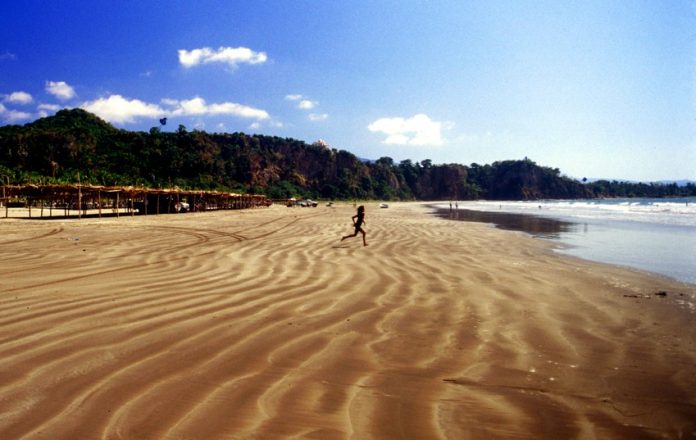“Let’s go camping on the beach!” we decided. “But which beach will we choose?”
“The beach?” said my friend Josh. “That’s a long drive, and I’ll be the one doing the driving.”
Google Maps immediately confirmed that it was close to a five-hour drive, whether to Puerto Vallarta or La Manzanilla in Jalisco or to Bucerías in Michoacán. But, to our surprise, we found that San Blas, Nayarit — which is farther away than any of the aforementioned towns — can now be reached by car from Guadalajara in approximately three hours.
In addition to being quick, the route to San Blas is picturesque. We skirted the beautiful volcanoes of Tequila and Sangangüey, and suddenly there we were at Stoners Surf Camp on the beach, a favorite San Blas hangout for surfers in the summer months but practically deserted in February.
After splashing in the water and soaking up the sun, what else is there to do in San Blas?
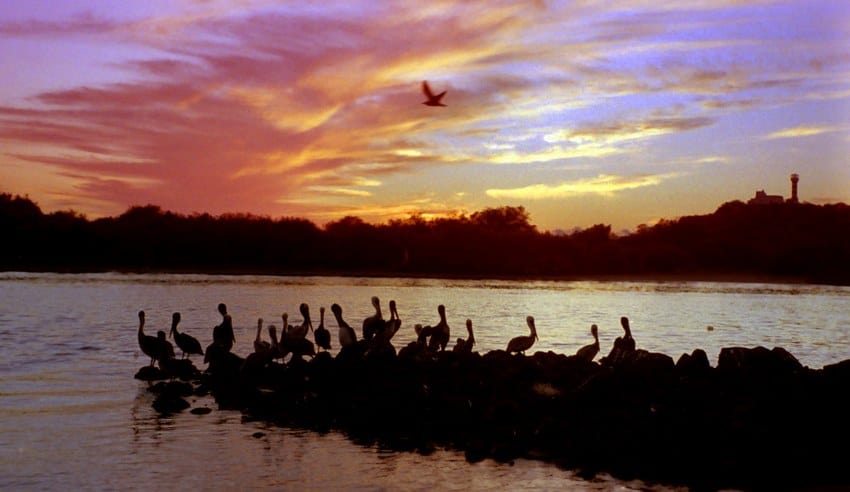
Well, if you love nature and want to see all sorts of animals in their natural habitat, you can’t beat a boat ride in the estuary.
Over the years, the boatmen of San Blas have cut channels through the mangroves that fill the Estuary of San Cristóbal. So tall are the mangroves and so thick is the vegetation that parts of these channels have become tunnels, interconnected in an extensive labyrinth that only the boaters can navigate.
In the early morning, the perfectly still water mirrors the jungle canopy overhead. Long, smooth mangrove roots reach down like fingers from the branches above, where giant bromeliads are perched among exotic orchids.
Such beauty would seem more than enough reason to visit this strange world, but the most exciting thing about the boat ride is the amazing variety of birds that you can see as you silently glide through this tropical paradise. In fact, it is said that half the known birds of Mexico are lurking among the mangroves!
We arrived at the estuary jetty at 7 a.m. on the advice of friends who told us that if you really want to see birds, you should be on the very first boat out.
To our surprise, besides being the first, we were also the only customers who climbed into the boat of a friendly and knowledgeable old-timer named Don Pancho. Apparently, those movie stars who supposedly frequent San Blas were all still in bed.
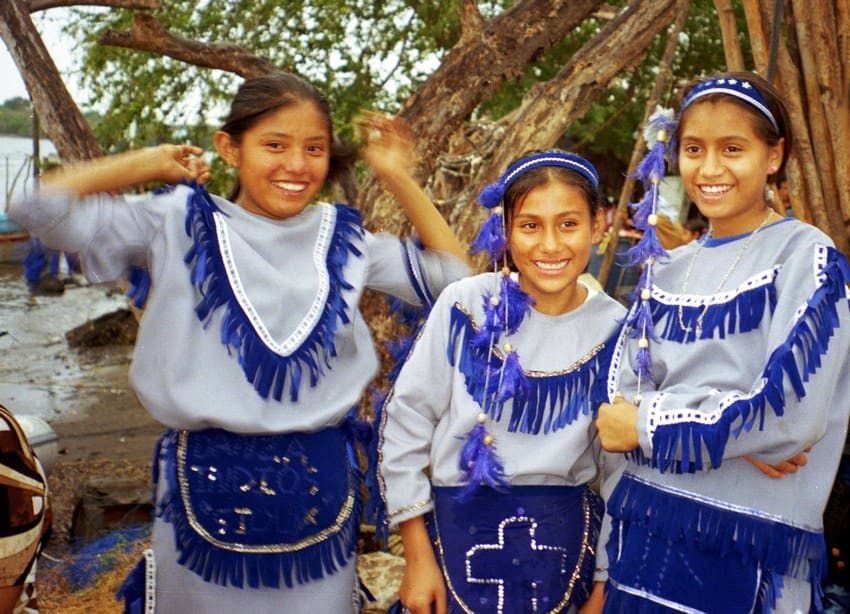
As we headed toward the jungle, we passed several fishing boats. Each of them had a pelican tagging along behind, eager for tidbits. And as soon as we approached the mangroves, we began to see birds everywhere. Don Pancho, it seemed, was better at naming them in English than in Spanish. We saw whimbrels, wood storks, roseate spoonbills, among others, and lots of anhingas, which are also called anhingas in Spanish and doubly so in Latin (Anhinga anhinga).
We saw many of these perched in strategic spots along the waterside, soaking up the rays of sunshine like Germans on holiday, their beautiful wings fully extended, completely ignoring our gawks and comments as we floated by. Several times, when we were under thick jungle cover, Don Pancho would point straight above us. “Look, there’s a boat-billed heron … we call it garza canela in Spanish.”
These little birds were always hiding in shady spots and somehow managed to look cute even though they have a bill shaped more like a shoe than a boat.
Besides birds galore, we saw several huge, toothy cocodrilos — or crocodiles, fortunately lurking a good distance away from our boat — as well as an iguana sunning itself while precariously balanced on a thin tree branch, and a few turtles. This was more than we had hoped for because we took the shortest tour, which is to a spring called La Tovara.
Other tours go to a bird sanctuary and El Cocodrilario, a nursery that raises crocodiles and releases them in the wild.
On our way back to San Blas, we spotted a pair of eyes looking at us from the center of the river. A moment later, there was a loud bump and the boat hopped into the air.

“Don Pancho,” we shouted to our skipper, “what was that?”
“We just accidentally hit a cocodrilo!” he replied with a sly smile, “but I think he will survive.”
As we approached the jetty, we met several tourist boats that were speeding along, making lots of noise and waves. Obviously, at San Blas, “the early boat gets the birds.”
Our last day at San Blas was February 3, the feast day of the saint who gave the village its name. We walked to the plaza and found it festooned with colorful decorations. Right in the middle, several young men were hard at work constructing a castillo (castle) out of thin lengths of bamboo, to which countless firecrackers had been attached.
Outside the church door, we found several young girls in white dresses so fancy that I asked them if they had just been married. This brought forth a torrent of giggles. “No, we just made our first communions,” they announced.
When darkness fell, a large circle was formed in the milling crowd and a dozen flamboyantly dressed dancers appeared. Each of them was either veiled or masked. They wore elaborate headdresses, which were lightweight, hollow frameworks shaped like beehives, which the people called coronas (crowns).
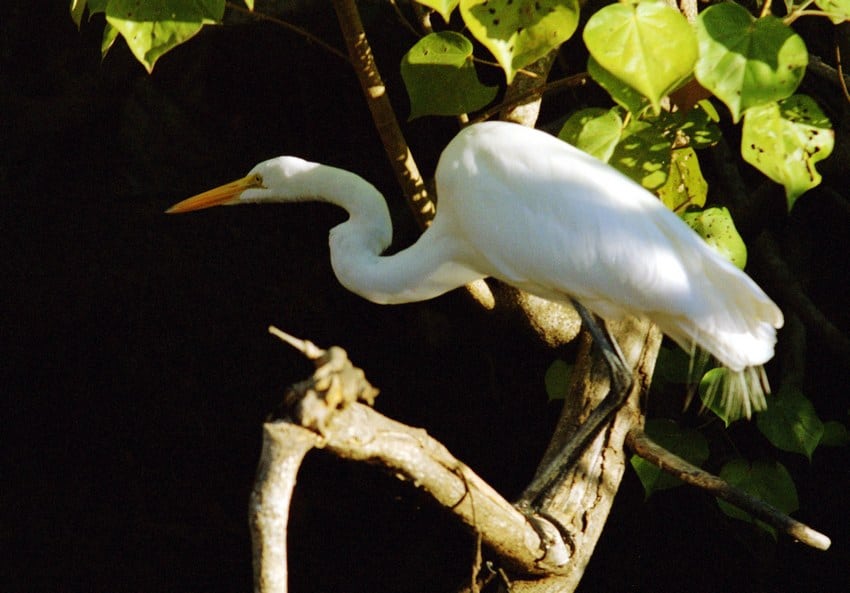
Each dancer held a longbow with double crossbars and wore wooden sandals and long, colorful capes. They beat out the rhythm with their sandals as they wove in and out of two lines, occasionally stooping down, nearly doubled over, shaking their bows, held parallel to the ground. The dance was carried out with great precision and much repetition, and the strenuous effort of each dancer to do it perfectly was evident.
No one in the audience ever clapped or cheered. This was obviously not entertainment. I turned to the man next to us and asked if there was some special significance to this dance.
“Claro que sí,” he said, “and I can tell you something about it because I’m the one who trained them to do it.”
What a stroke of luck! The maestro explained that this dance has not changed since the days of the Conquest and tells the story of two warring tribes and their eventual collaboration to fight against the Spaniards.
Many details — for example why the faces are covered — he couldn’t explain because the information had been lost over the centuries, but he assured me that great pains had been taken to perform the dance exactly as their ancestors had.
He added that the same held true for many other dances performed at San Blas on special days throughout the year. We felt privileged to have witnessed an ancient, undying ritual.
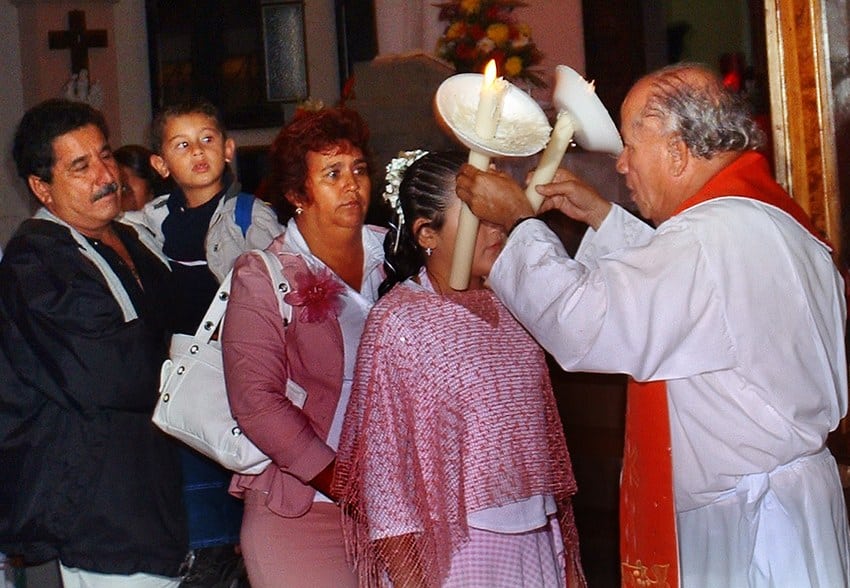
After the dance, we went inside the church to see what was going on there, for a great crowd of people had been filing inside for hours. Up in front of the altar, we found the local padre, barely able to stand up, praying while holding two long, flickering candles on either side of the throat of a person at the head of a long, long line.
Having gone to a Catholic school, I immediately recognized what was going on.
“It’s the blessing of the throat!” I told my wife Susy. “Your San Blas is our Saint Blaise!”
But it turned out she had no idea what I was talking about. She had somehow survived all her life without having her throat blessed every year, for it appears that in Mexico, this custom is only practiced right here in the town of San Blas.
Well, I suspect the fourth-century martyr Saint Blaise, lying in his crypt in far-off Armenia, could probably hear all the noisy firecrackers that had been set off early each morning of that week in his honor. No doubt he took pride in the colorful fireworks and burning of the castillo that night in the plaza of old San Blas on the coast of Nayarit.
Let me add that there is one more thing that the town of San Blas is famous for: jejenes, which are no-see-ums or gnats in English. They’re said to be worse in the summer, but I find them tolerable if I methodically splash on repellent throughout the day.
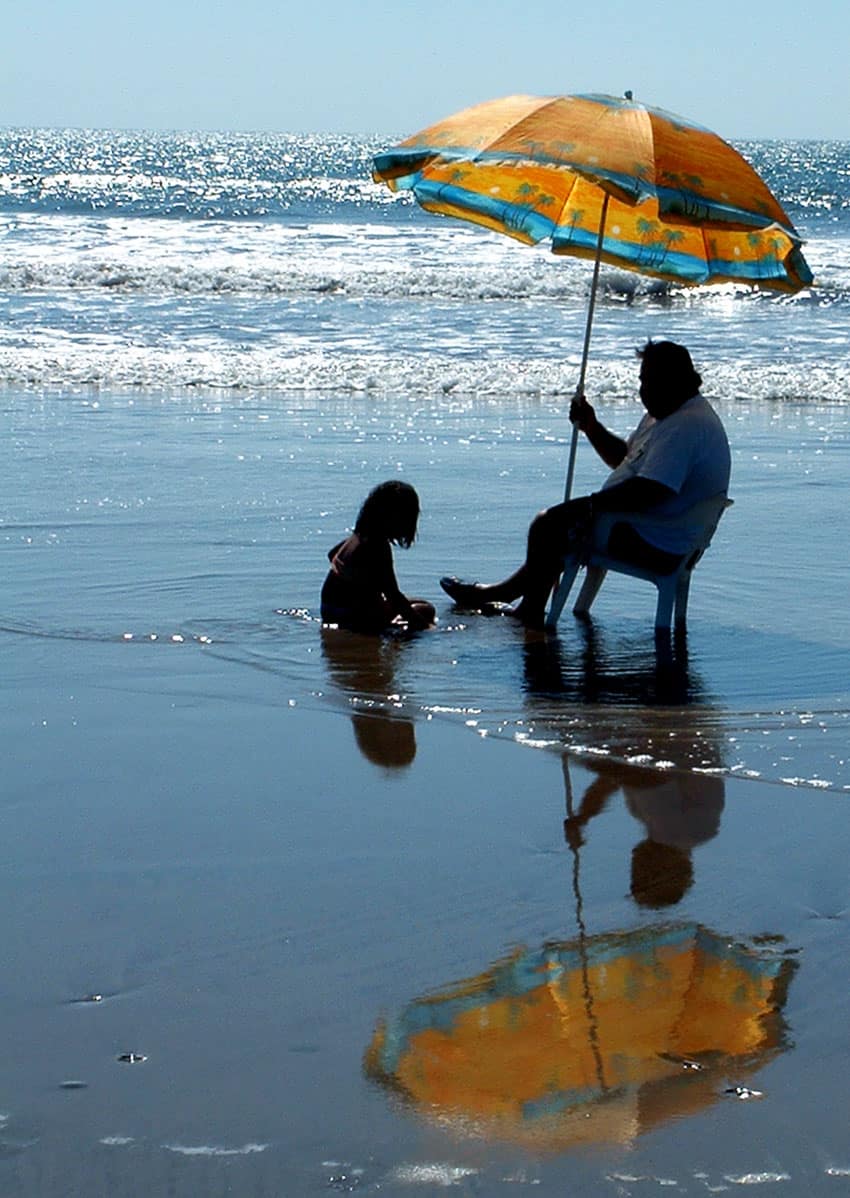
[soliloquy id="139671"]
The writer has lived near Guadalajara, Jalisco, for 31 years and is the author of A Guide to West Mexico’s Guachimontones and Surrounding Area and co-author of Outdoors in Western Mexico. More of his writing can be found on his website.
